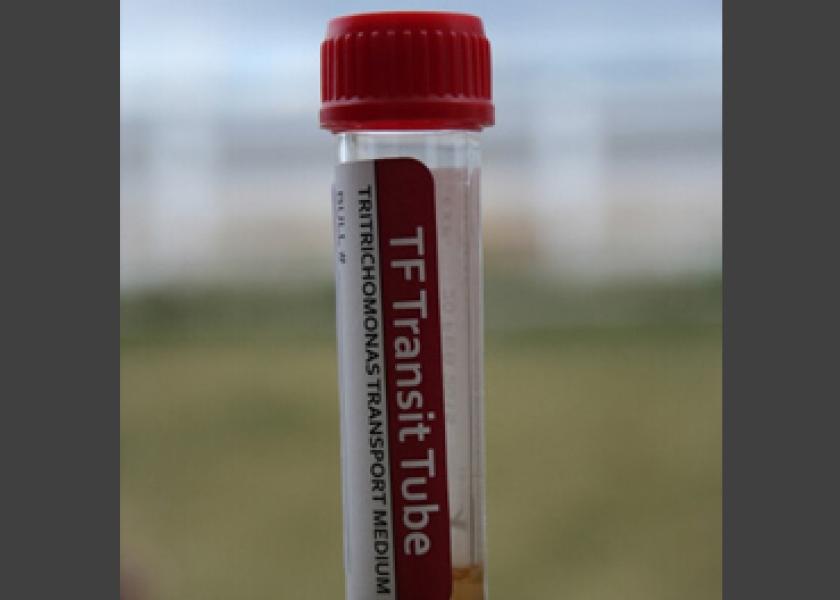TAHC Proposes New Rules for Trich, BVD

The Texas Animal Health Commission (TAHC) has proposed a Bovine Viral Diarrhea Virus (BVDV) control program, including designating BVDV as a reportable disease. Also during its recent meeting the TAHC proposed changes to trichomoniasis testing requirements and removed some requirements for brucellosis testing in exotic cervids.
Noting the ongoing adverse effects of BVDV on animal health and productivity, the Commission proposes creating a new chapter to the Texas Administrative Code outlining a BVDV control program. The proposal would designate BVDV as a reportable disease, and specifies primary elements and standards of a BVDV Control Program, including movement restrictions on animals determined to be persistently infected (PI), reporting requirements, official BVDV tests and testing requirements, official identification requirements, biosecurity standards, and recordkeeping requirements. Transient BVDV infections, the Commission notes, cause diarrhea, decreased milk production, reproductive disorders, increased occurrence of other diseases and death. The losses from fetal infection include abortions, congenital defects, weak and abnormally small calves, unthrifty, and death among PI animals.
Due to the adverse effects the disease has on both the health and productivity of cattle, TAHC proposes to designate BVDV as a reportable disease in order to control the significant animal disease threat. The proposed rule contains the primary elements and standards of a BVDV Control Program which include: movement restrictions on animals determined to be persistently infected (PI), reporting requirements, official BVDV tests and testing requirements, official identification requirements, biosecurity standards, and recordkeeping requirements. Bovine viral diarrhea is a viral disease of cattle and other ruminants that is caused by the bovine viral diarrhea virus. BVDV is a member of the pestivirus genus. The transient BVDV infections cause diarrhea, decreased milk production, reproductive disorders, increased occurrence of other diseases and death. The losses from fetal infection include abortions, congenital defects, weak and abnormally small calves, unthrifty, and death among PI animals.
The Commission also proposed three changes trichomoniasis rules:
- The proposed amendment no longer allows samples to be pooled by approved laboratories as an official trichomoniasis test for positive herds, herds identified as adjacent premises, and change of ownership testing. These samples must be submitted individually.
- The Commission proposes that use of virgin certificates be restricted to sexually intact male cattle under 18 months of age belonging to a breed registry, which maintains an official list of animals within a specific breed and associated with a unique identification. Thus, the amendment requires all male cattle under 18 months of age not belonging to a breed registry to be tested for trich before being sold.
- The proposed amendment requires sellers to provide a written disclosure for female cattle that have been exposed or potentially exposed to a trich-positive bull within the six months prior to sale. The provision allows a buyer of female cattle to take this information into account for herd management when purchasing female cattle for breeding purposes.
In related action, the TAHC removed some brucellosis testing requirements for captive exotic cervids entering Texas. The state will continue to require brucellosis testing for captive exotic cervids if they were once free ranging or if they resided within the Designated Surveillance Area or the Greater Yellowstone Area.
Complete details of the rule proposals are available on the TAHC website at www.tahc.texas.gov/regs/proposals.html
For more on trichomoniasis and BVD, See these articles from BovineVetOnline:
- Alternative trich sampling method
- Trichomoniasis — focus on prevention
- Bovine Viral Dilemma
- Addressing BVD at the source







